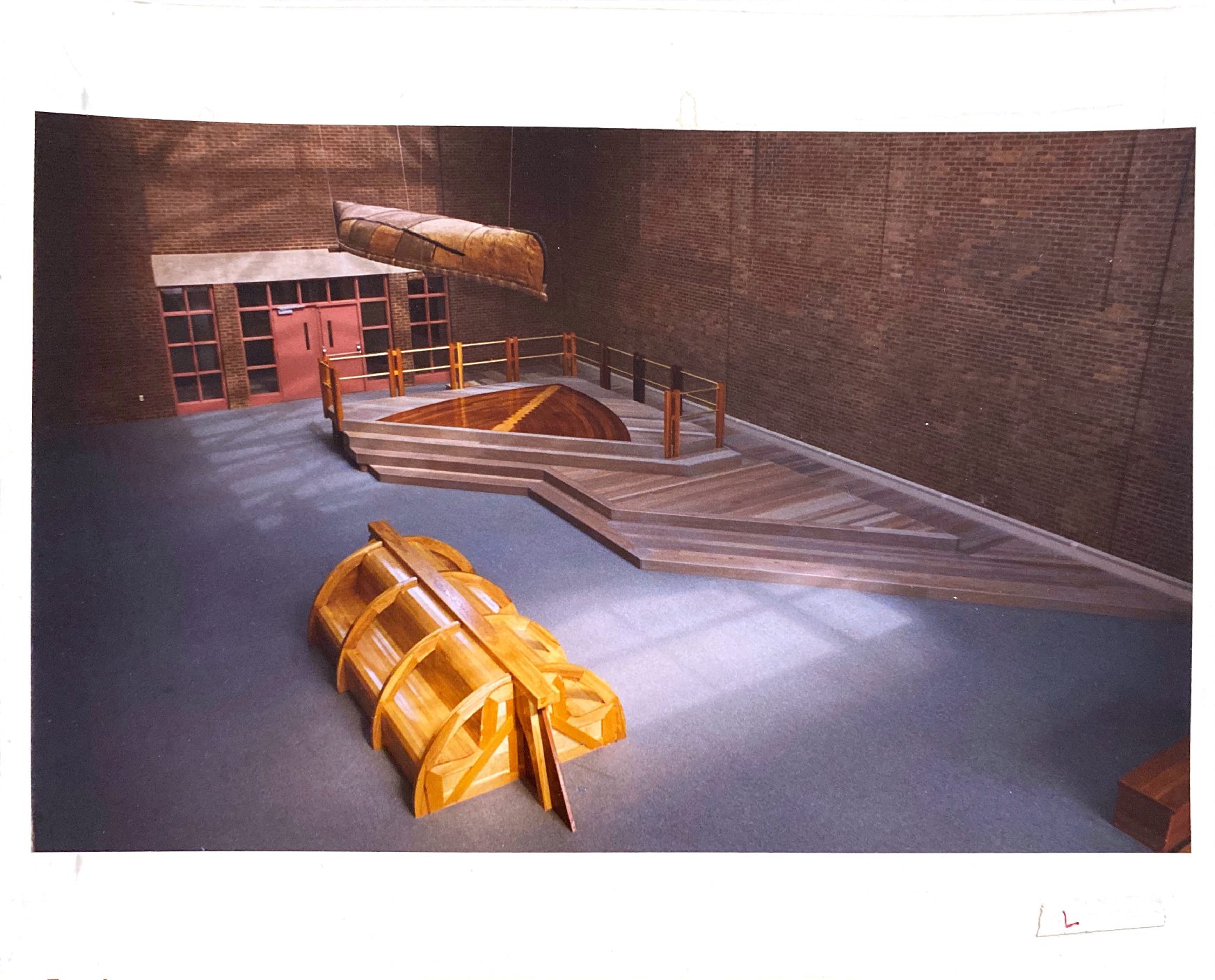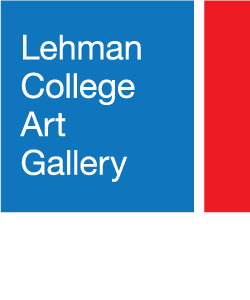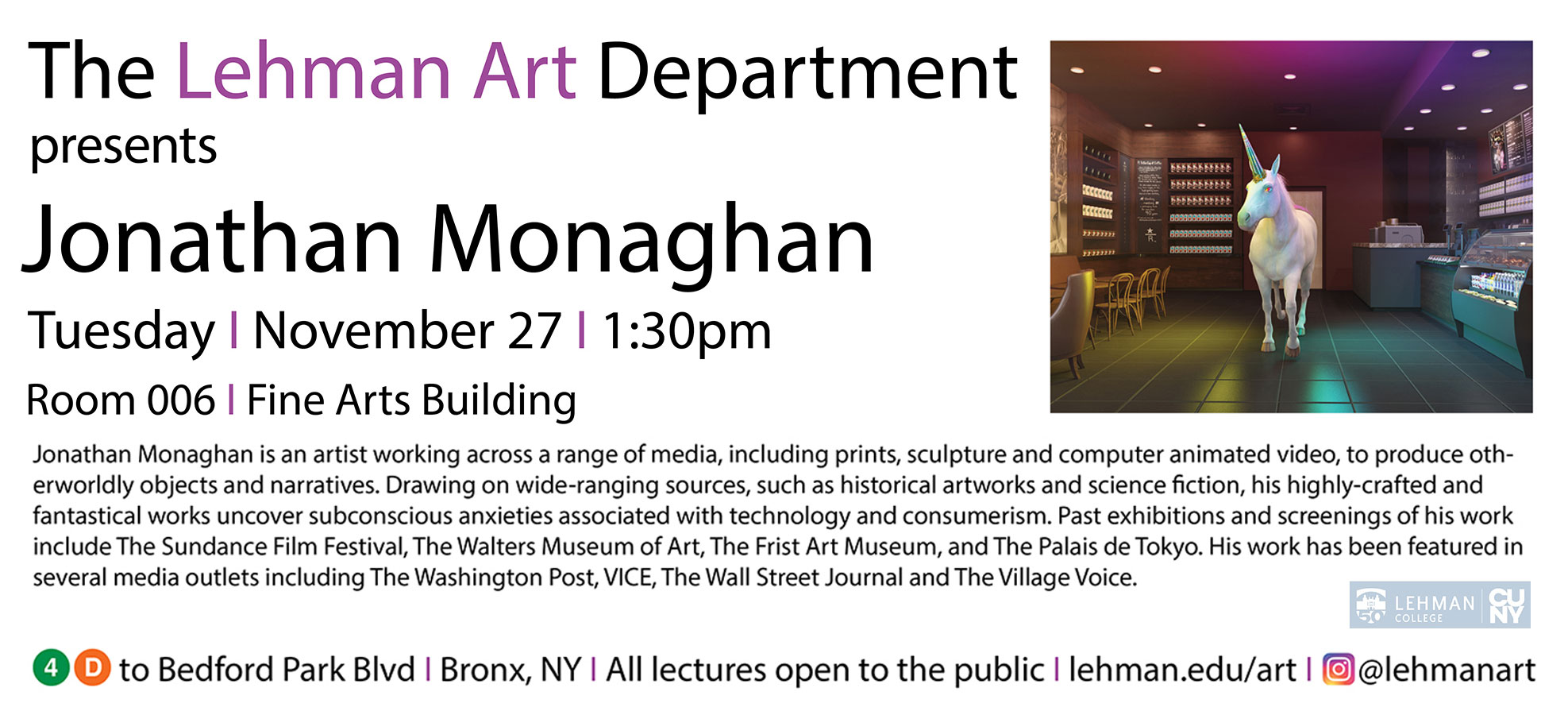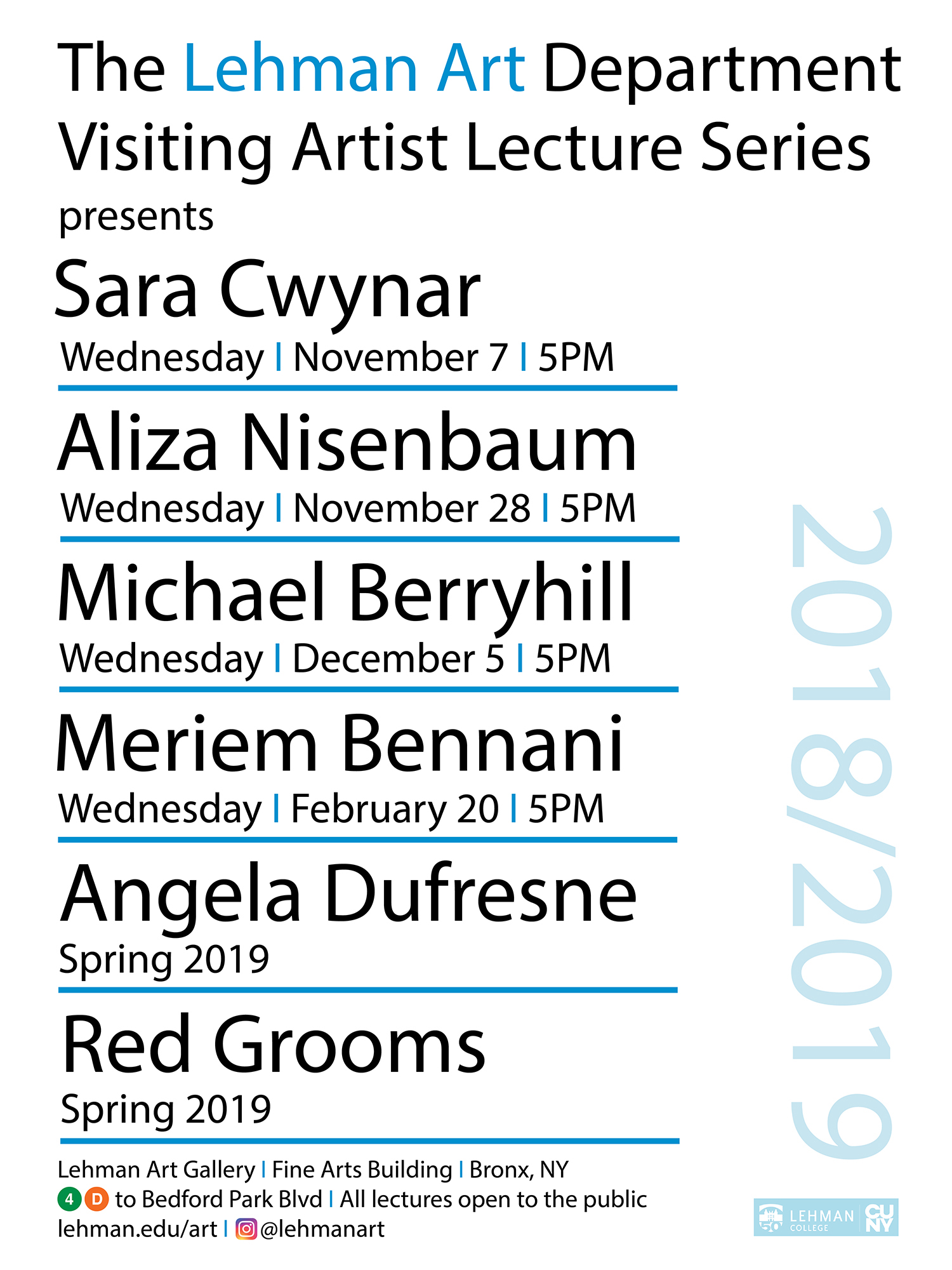Alice Adams Public Projects
Alice Adams: Public Projects is the first comprehensive survey of sculptor Alice Adams’ public work. Trained as a painter and weaver, Adams’ career evolved from tapestry-making to sculpture. By late 70s she was constructing large-scale, site-specific installations and developed her first permanent public project in 1984. Over the last sixteen years Adams has created major installations through the country including the cities of Philadelphia Seattle, New York, St. Louis, Denver, San Antonio, and Newark, Delaware.
Alice Adams’ public art projects are richly layered. Designed in relation to architecture, they are developed with a seminal connection to the site. Her forms, though related to minimalist sculpture, earthworks, or even architecture itself, are rarely without function and reference to a community — content and meaning are, in large part, drawn from the site and shaped by people who will use it. This exhibition, focusing on Adams’ major installations as well as projects in which she worked as a design team member, sheds light on her work in the field of public art. It includes the rarely seen preliminaries to the finished projects — models, sketches, notes, maquettes, full-scale mock-ups, material samples—and contextual photographs of the completed work.
Alice Adams graduated from Columbia University with a degree in painting and soon after went to Aubusson, France (L’Ecole Nationale d’ Art Decoratif with a Fulbright Travel Grant and a French Government Fellowship), to study tapestry. She returned to New York and began exhibiting in the late 50s. Adams’ early tapestries drew on her work as a painter and there was a strong interest in abstract, organic forms, and exploring the bounds of the media. Her weavings broke from traditional rectilinear wrap and weft structure. Texture on the surface displayed a process usually concealed on the back of the tapestry. In a work from the early 1960s, Tapestry with a Mop, Adams inserted a dust mop into the wrap, revealing a sense of humor, a Dadaist irreverence, and a desire to subvert expectations. During this period her work appeared on the cover of Craft Horizons magazine and was included in exhibitions at the Museum of Contemporary Craft, the Victoria and Albert Museum, and the Bertha Schaefer Gallery.
By the mid-sixties Adams’ weavings were created off the loom. These organic constructions made from materials found on the street or at the hardware store — rope, steel cables, chain link fencing — became independent of a wall support and were exhibited as discrete three-dimensional objects. In 1966 Adams’ sculptural forms were shown in “Eccentric Abstraction” an exhibition curated by Lucy Lippard at the Fischbach Gallery which included Eva Hesse, Louise Bourgeois, Keith Sonnier, Frank Viner, Gary Kuehn, and Bruce Nauman.
Architecture as a reference in Adams’ work has been a long term interest. In 1967 using two-by-fours, wood lath, and plaster Adams became to create objects in which “walls” were the subject. A year later she cast wall surfaces in her studio in latex and attached these “fabrics” to stud-wall frameworks. Building construction provided a model for the use of materials and a source for methodology and scale. These works had a freshness and seemed to capture something in mid-process. Later sculpture incorporated arches, vaults, and columns. By the late 70s the work had become a more finished and in a sense, more permanent, with shaped and sanded surfaces and laminated woods. Adams’ work from this period was included in surveys of contemporary sculpture at the Museum of Modern Art and the Whitney Museum of American Art.
In 1977 Adams’ House, a temporary work constructed on the grounds of the Nassau County Museum, provided logical progression. Joining the architectural elements of earlier work—two-by-four framing with detailed doors and windows—Adams’ “wall” and “column” references became “house” references. More connected to the logic memory than that of a blueprint, structure was based on the childhood home her father built. It was Adams’ first outdoor, site-specific work and the project embodied many of the characteristics that would become part of her later public commissions. It drew on the familiar to create a space which would resonate for viewers on many levels — something that was not an abstraction but as basic as a childhood home.
From 1977 through 1985 Adams created large-scale, site-specific works out of doors. In several projects around the time she was constructing Adams’ House — Leveling at Wilson College in Chambersburg, Pennsylvania (1977), Three Structures on a Slope: Porch, Etage, Escailer at Queensboro Community College in New York City (1978), and Mound for Viewing Slope and Sky at Princeton University, in New Jersey (1980) — Adams further defined issues that would continue in her public work. All three installations combined abstracted architectural forms but once again expanded the vocabulary. There was a response to the topography and terrain of the site, using the structure of the work to position the viewer. Still considering formal issues such as form, balance, space, and mass, Adams began to create installations which were developed in reaction to the site and were interactive. The viewer was a participant — walking around or climbing on — and allowed to “be in” rather than just “look at” the work. Scale too was architectural — the Princeton work, an earth and sod mound, was 12 feet by 90 feet by 40 feet. Like later projects there was also a use of sensual materials, often in a natural setting, and an attention to detail. Leveling, a work in which the shapes were derived from the conceptual measuring of the slope of the site, was built by carpenters from a white oak using mortise and tenon joinery.
Lehman College Art Gallery was pleased to present the work of an artist which such a varied and distinguished background. Adams has proved a bold experimenter throughout her career and as a public artist continues to explore the possibilities of sculpture in an architectural context. Alice Adams is offered as part of the gallery’s Bronx Celebrates, a series featuring the work of Bronx artists. Adams moved her home and studio to the Bronx in 1985 where she continues to develop public art projects.



